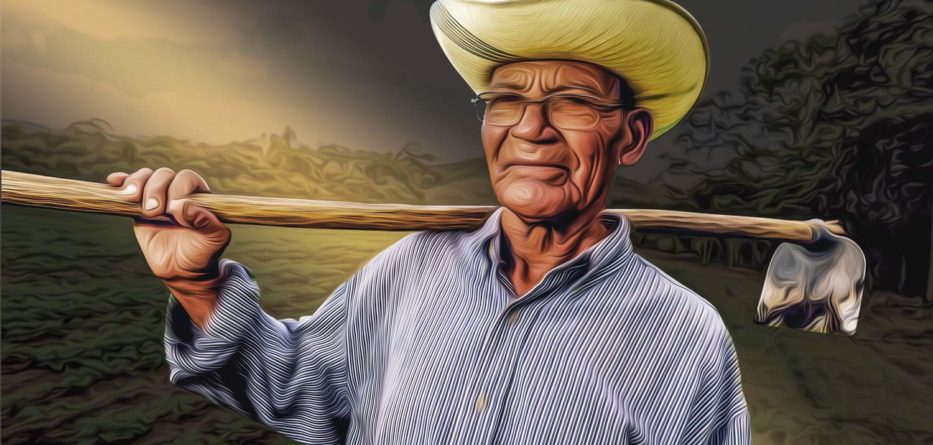Los Angeles – From migrants crossing the border to work in vineyards to oenologists to winery owners, the television documentary “Harvest Season,” which debuted this Monday on PBS, explores the influence and importance of Mexicans in California’s wine production.
Napa County, that magnet for wine lovers, is the setting for this film, which not only tells the stories of Mexicans involved in this industry, but also takes a fleeting glance at the passion this drink has sparked over the centuries.
“Wine has inspired so much poetry, so much literature…For me, it’s rather simple: despite all we have studied with regard to science and cultivation, there continues to be a kind of magic in making good wine. There’s something that’s beyond our control,” filmmaker Bernardo Ruiz said in a telephone interview with EFE.
“It has something in common with movies, above all with documentaries. We can plan a lot, prepare all the details, do interviews, have the best team…but the moment we begin the shoot, what happens in front of the camera is beyond our control,” the two-time Emmy nominee added.
Ruiz, who was born in the Mexican state of Guanajuato but grew up in New York City, directed the documentaries “Reportero” (2013) and “Kingdom of Shadows” (2016). He now says that though “Harvest Season” is a novelty in his filmography, he has always been interested in the “love-hate relationship” between the United States and Mexico.
“I was looking for a change. I had already made two documentaries about the so-called war on drugs in Mexico and the attacks on journalists. Now I wanted to do something closer to life, something more beautiful, and this was my way of exploring the same subjects but through other eyes,” he said.
“Harvest Season” portrays the lives of entrepreneurs of Mexican descent like Gustavo Brambila and Vanessa Robledo, whose families have been dedicated to California’s vineyards for generations.
The film also takes a close look at Mexican laborers like Rene Reyes, who travel hundreds of kilometers (miles) to spend months working hard among the vines, far away from their families.
“I wanted to tell a story in stages and show the different Latino and Mexican-American experiences,” said Ruiz, who noted that very seldom does anyone speak of “second, third or fourth generation Mexicans” making wine in California or about the dilemmas they feel because of their mixed identity.
Gustavo came to the US at 3 years old. What he feels is an obligation through his mother to return to Jalisco, but he isn’t from there – he’s from Napa. He’s more Californian than anything, but he has that conflict. He feels the call to return, but at the same time he’s scared he won’t be accepted there,” Ruiz said.
The documentary also delves deeply into the lives of migrant workers.
“All the emotions of the film are in the scene in which Rene, after being in California for five months, returns to his village in Michoacan and sees his wife and daughters. On the one hand, he returns with his own harvest: the computers he grandly gives to his daughters. On the other is his absence that the family has had to suffer,” Ruiz said.
“As a director, it gave me something of a chill to film that moment of intimacy, but I also liked the fact that we could capture it because it continues to be an invisible reality for many in the US: the cost of labor, the price paid by those who come to work, the sacrifices they make,” he added.
On top of that, Mexicans have to put up with the racism pushed by the US extreme right.
“The current phenomenon is parallel to other moments in history. In the Great Depression of the 1930s there was a massive deportation of Mexicans. Afterwards, during World War II, there was a massive importation of Mexican workers with the Bracero Program. Then, in the ’50s, there was Operation Wetback, and the deportations began all over again,” he recalled.






